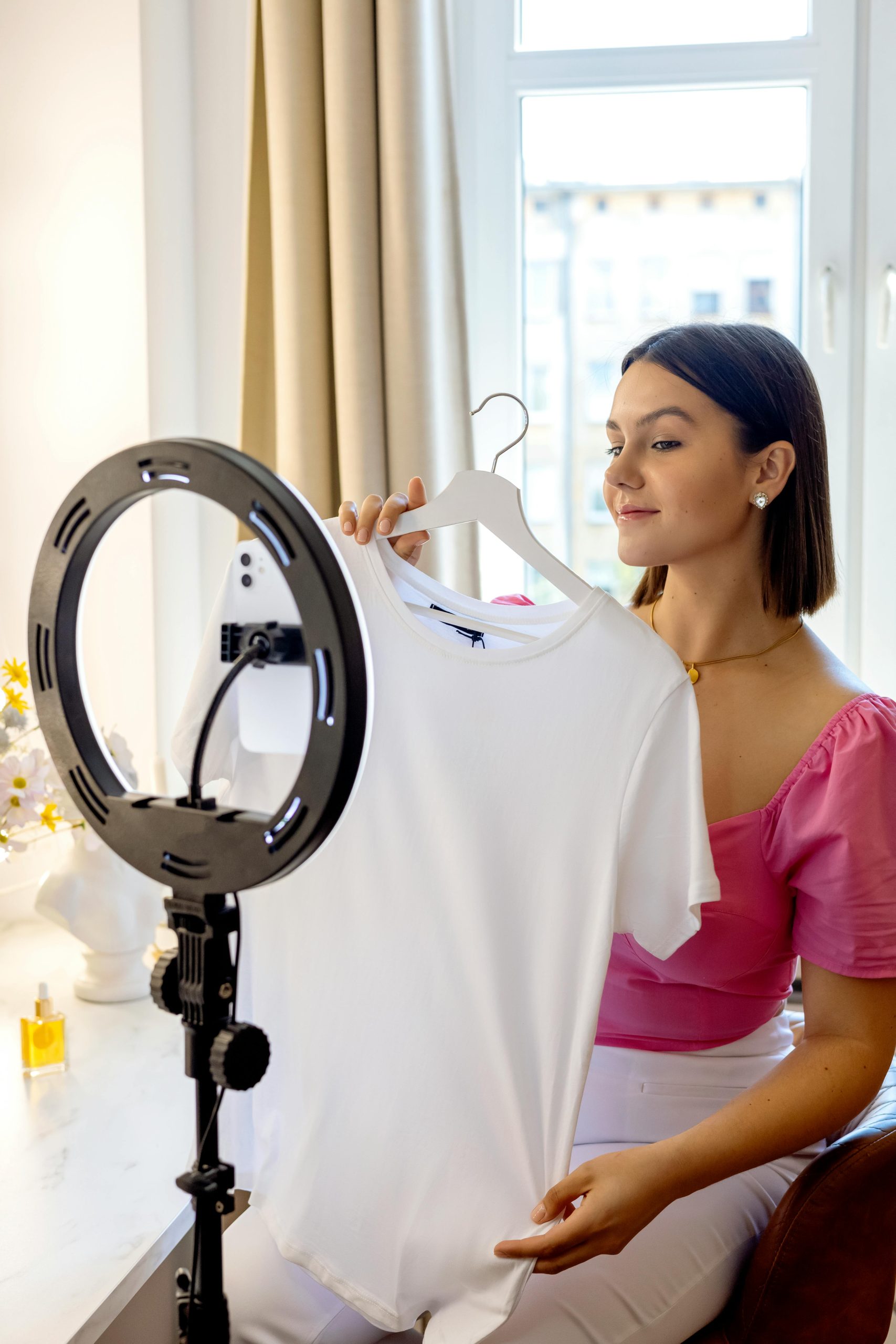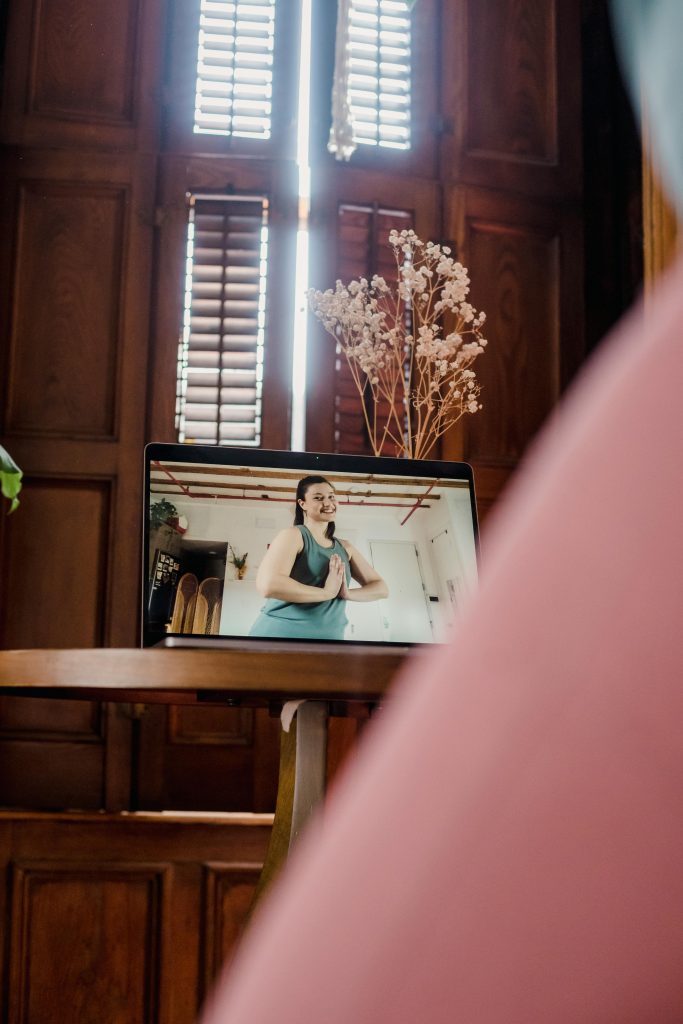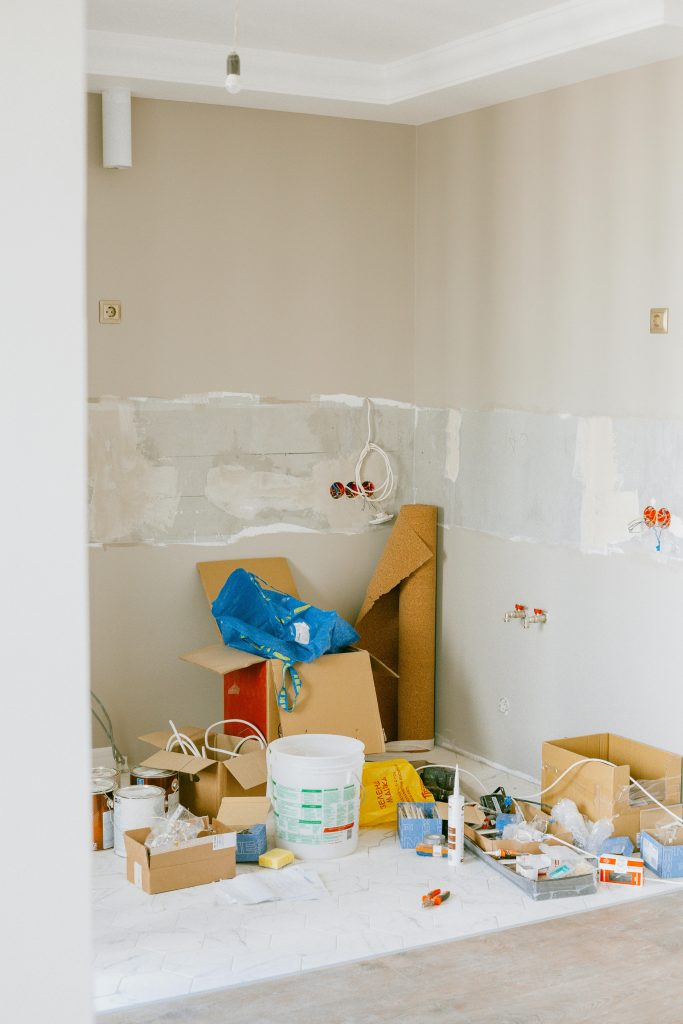Navigating Home Automation Chaos: Simplifying After a Loss
Hello, readers!
I want to share my recent experience as I take on a daunting task following the unexpected passing of my father about a month ago. An enthusiastic home automation enthusiast, he transformed our family home into a tech haven, coding his own Raspberry Pi systems to ensure maximum security by avoiding external servers. However, with no one familiar with this setup, I’ve now been entrusted with the challenge of simplifying our home back to a more manageable state.
The Challenge Before Me
To give you a quick idea of the situation: the house is equipped with a complex web of 36 ethernet ports distributed across various rooms. The main router is situated in the server room downstairs, which has become a tangled mess of cables connecting satellite feeds, TV inputs, phone lines, and ceiling speakers. It’s a sight to behold, and not exactly ideal for potential buyers.
One of the components causing confusion is a large panel, often referred to as a patch panel or network rack. This serves as the hub for the 36 ethernet ports, where each room’s wall port connects to the internet through network cables. Unfortunately, it’s all quite overwhelming, especially for someone who wasn’t involved in setting it up.
What I Aim to Achieve
My primary goal is to streamline this chaotic arrangement to aid my mother in selling the property without scaring off prospective buyers. I envision incorporating a high-capacity switch—specifically, a 36-port gigabit switch—directly into the rack, which will serve to simplify connections dramatically. After conducting some research, I’m considering the TP-Link TL-SG3452 as a solution:
Requirements for a New Switch
To make this transition successful, the switch needs to meet some crucial criteria:
- Gigabit Ethernet Capabilities: The switch must support gigabit speeds to handle the demands of modern devices.
- User-Friendly Setup: Ideally, it should function as a plug-and-play device, requiring minimal technical interaction for setup.
- Extra Ports: With roughly 40 ports anticipated, this will allow for additional devices, such as a network-enabled server, to be integrated without further complications.
A Call for Assistance
I genuinely appreciate any advice or recommendations you might have on simplifying this system. It’s been a
Share this content:



